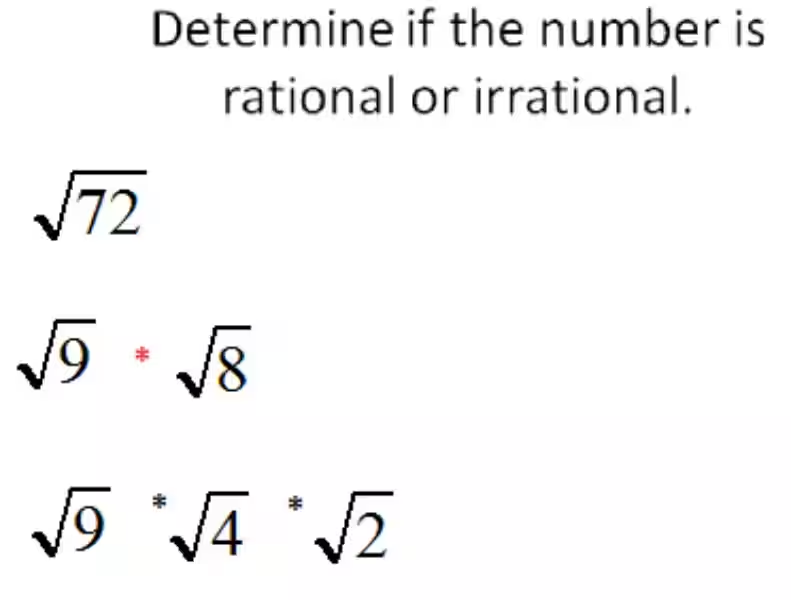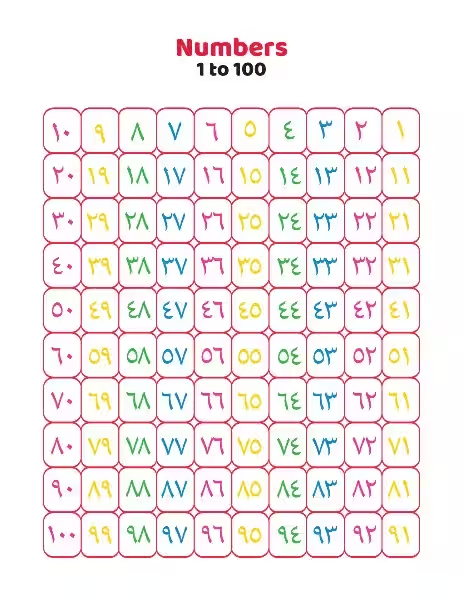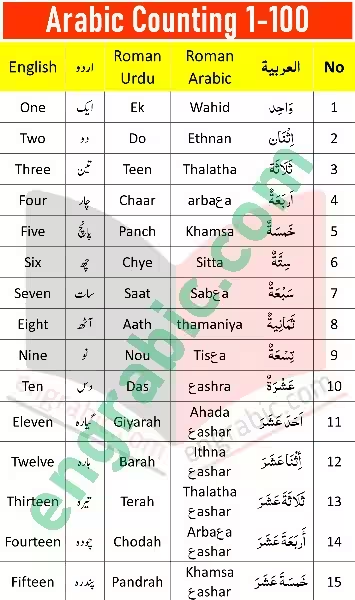
Is 109 a rational number? This seemingly simple question delves into the fundamental building blocks of numbers, revealing the distinctions between rational and irrational quantities. Understanding these differences is crucial in various mathematical disciplines, from basic arithmetic to advanced calculus. This article will explore the nature of rational numbers, examine the specific case of 109, and contrast it with irrational numbers.
Defining Rational Numbers
A rational number is any number that can be expressed as the quotient of two integers, where the denominator is not zero. This definition is the cornerstone for understanding rational numbers. Think of it like a fraction – the numerator (top number) and denominator (bottom number) are both whole numbers, and the denominator can’t be zero. This fundamental rule ensures that the resulting value is well-defined and meaningful within the mathematical system. Examples of rational numbers abound: 1/2, 3, -5/4, and 109/1 are all rational numbers.
A critical aspect of rational numbers is their representation on the number line. Every rational number corresponds to a unique point on the number line. This visual representation helps us understand the density of rational numbers, meaning there are infinitely many rational numbers between any two given rational numbers. This is in contrast to the idea that there are “gaps” in the irrational number line.
Evaluating 109’s Rationality
The number 109, being a whole number, fits perfectly within the definition of a rational number. Its representation as a fraction is straightforward: 109/1. Both the numerator (109) and the denominator (1) are integers, and the denominator is not zero. This straightforward demonstration proves unequivocally that 109 is a rational number. It’s a simple case and illustrates perfectly what it means for a number to be rational.
This aligns directly with the concept that all integers are rational numbers. The property of 109 being an integer is a crucial component in understanding its rational nature. Any integer can be written as a fraction with a denominator of 1, thereby qualifying it as a rational number. The number 5 is equal to 5/1, and 27 is equivalent to 27/1.
Rational vs. Irrational Numbers: A Deeper Dive
Naturally, the question arises: what separates rational numbers from irrational numbers? Irrational numbers are numbers that cannot be expressed as the quotient of two integers. These numbers, while just as real as rational numbers, defy this simple fractional representation. Pi (π) and the square root of 2 (√2) are prime examples of irrational numbers. Their decimal representations extend infinitely without repeating patterns.
This difference is crucial because it highlights the different properties and behaviors of these two categories of numbers. For example, the sum or product of a rational and an irrational number is often irrational. This is a fundamental property to understand in advanced mathematics.
Key Differences Summarized
| Feature | Rational Numbers | Irrational Numbers |
|---|---|---|
| Representation | Can be expressed as a fraction of two integers. | Cannot be expressed as a fraction of two integers. |
| Decimal Form | Terminating or repeating decimals. | Non-terminating, non-repeating decimals. |
| Examples | 1/2, 3, -5/4, 109/1 | π (pi), √2, √3, e |
| Properties | Sum, product, and quotients of two rational numbers are rational. | Sum, product, and quotients involving irrational numbers can be rational or irrational dependent on the specific numbers involved. |
Practical Applications of Rational Numbers
Rational numbers are fundamental to various fields. Their ubiquitous presence in daily life is often overlooked. From measuring ingredients in a recipe to calculating distances, rational numbers are indispensable tools. In mathematics, rational numbers are essential for understanding fundamental operations like addition, subtraction, multiplication, and division. They underpin more complex concepts, paving the way for further study in algebra, geometry, and beyond.
The answer to whether 109 is rational or irrational is definitively rational. Its representation as 109/1 aligns perfectly with the definition of a rational number. This seemingly straightforward example highlights the fundamental concept of rational numbers and their defining characteristic – expressibility as a fraction of two integers. Understanding this concept forms a strong foundation for exploring more intricate areas of mathematics and their practical applications in the real world.
FAQ: Is 109 Rational or Irrational?
This FAQ section addresses the question of whether 109 is a rational or irrational number.
What is a rational number?
A rational number is any number that can be expressed as the quotient of two integers, where the denominator is not zero. This means it can be written in the form a/b, where ‘a’ and ‘b’ are integers, and ‘b’ is not equal to zero.
Is 109 a rational number?
Yes, 109 is a rational number. It can be expressed as 109/1, where 109 and 1 are both integers, and 1 is not zero. This satisfies the definition of a rational number. All integers are rational numbers because they can be written as a fraction with a denominator of 1.
What is an irrational number?
An irrational number cannot be expressed as the quotient of two integers. Examples of irrational numbers include π (pi) and the square root of 2. These numbers have non-repeating, non-terminating decimal representations.
Why is 109 rational and not irrational?
109 can be expressed as a fraction (109/1). This is a key characteristic of rational numbers. Irrational numbers, unlike rational numbers, cannot be represented as a fraction of two integers.
What are some other examples of rational numbers?
Any integer (positive, negative, or zero) is a rational number. Fractions like 1/2, 3/4, and -5/7 are also rational numbers.
What are some examples of irrational numbers?
Examples include the square root of 2 (√2), π (pi), and the square root of 3 (√3).
How are rational and irrational numbers used in real-world applications?
Rational numbers are used extensively in everyday calculations, measurements, and mathematical modeling. Irrational numbers are crucial in advanced mathematical fields like calculus and geometry, often representing quantities that cannot be expressed as simple ratios. For example, the relationship between the diameter and circumference of a circle involves π, an irrational number.








